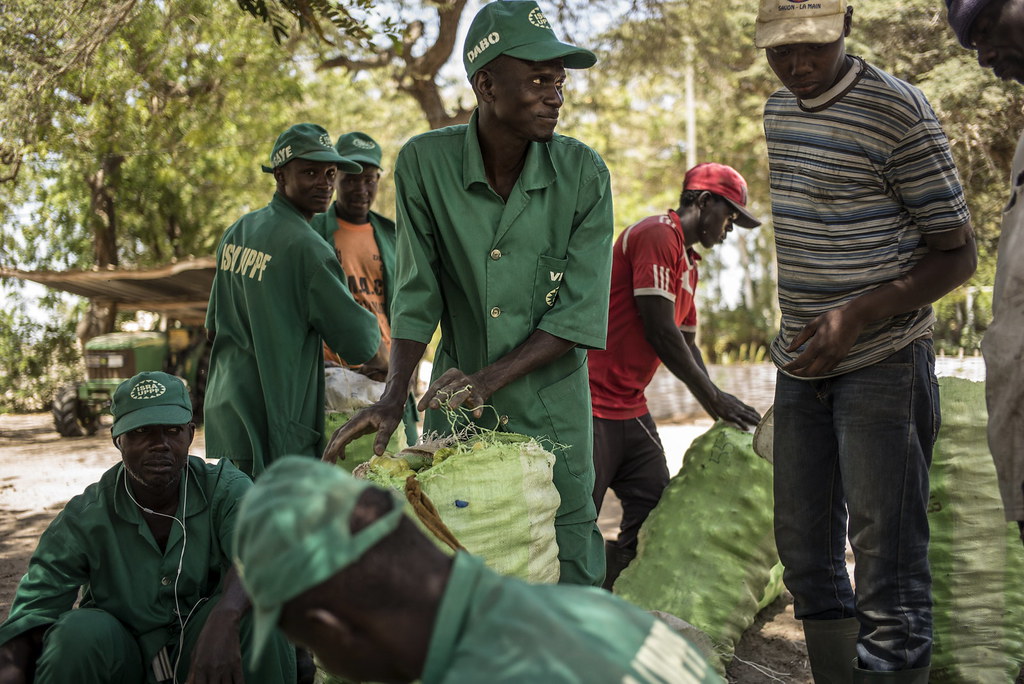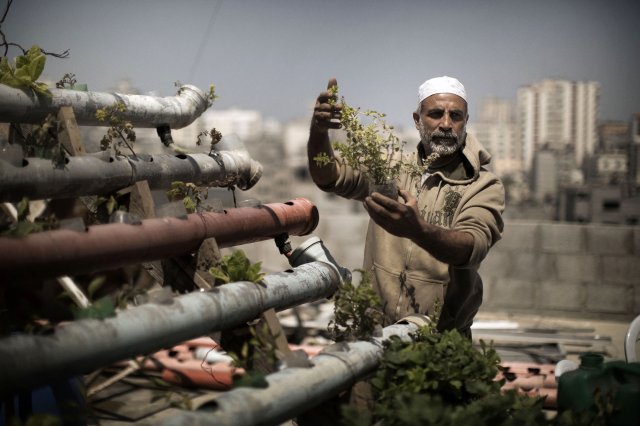In September 2020, FAO launched its Green Cities Initiative (GCI) at the 75th session of the United National General Assembly.
The FAO GCI envisions vibrant and inclusive cities where urban green and productive spaces catalyze biodiversity, climate resilience, social cohesion, and economic prosperity, bridging the gap between citizens and nature, and between urban and rural areas.
The mission of the FAO GCI, by 2030, is to make a tangible impact on the health and well-being of people in 1000 cities while actively addressing urbanization challenges. This is achieved by integrating urban and peri-urban forestry, agriculture and bioeconomy into the fabric of urban life.











